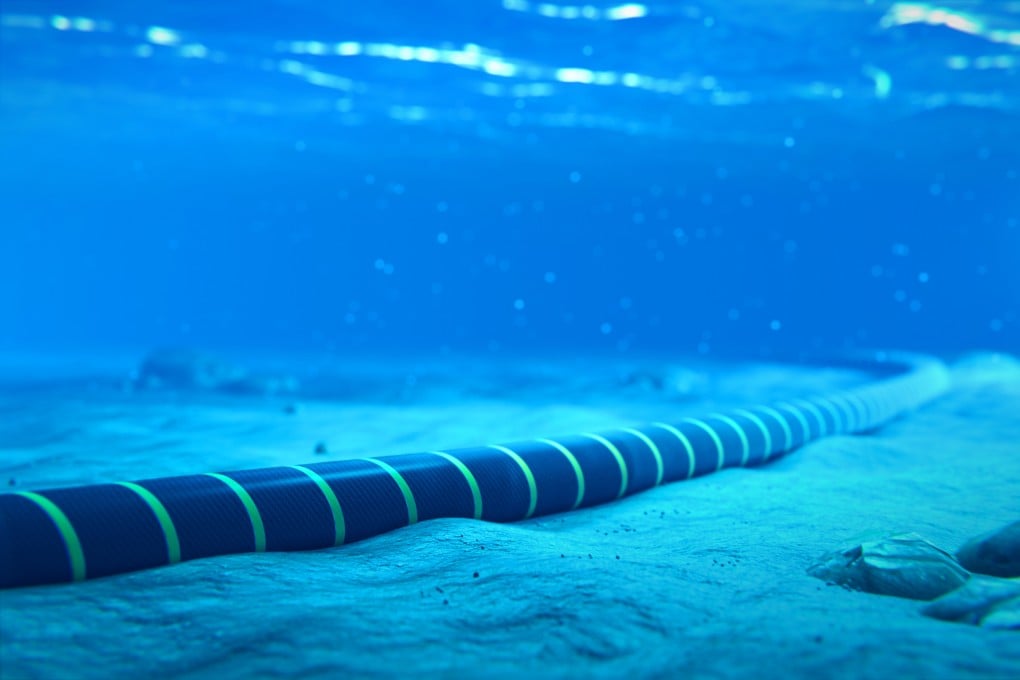Asian Angle | Asia’s digital future hangs by a thread beneath the ocean waves
Public-private partnerships are essential to ensuring the security of undersea cables against attacks, data theft and espionage

The Asia-Pacific region, home to the world’s fastest-growing digital economies, is critically dependent on undersea cables, yet this vital infrastructure remains underappreciated and vulnerable.
Stretching across oceans and seabeds, these fibre-optic cables carry 95 per cent of global data, forming the backbone of our digital age. Despite the rise of low Earth orbit satellites, undersea cables remain the dominant conduits of online traffic – a reality unlikely to change soon, especially in Asia where internet demand is surging.
The importance of securing these cables is underscored by incidents such as last February’s crisis near Yemen. When Houthi missile strikes caused a British bulk carrier’s anchor to drag four cables beneath the Red Sea, that single event disrupted internet services for more than 100 million people across West and North Africa and affected 70 per cent of data traffic between Europe and Asia, far surpassing initial estimates. Insecurity in the area and the status of the Yemeni government presented challenges in swiftly undertaking repairs to restore service.
From their landing stations to any point along the entirety of their course, undersea cables have also become prime targets of data theft and espionage. Even along known cable routes, regular patrols are neither easy nor cheap.

Great power competition has also gone underwater, part of a brewing contest to emerge on top in key technologies from cables and chips to electric batteries and renewables.


